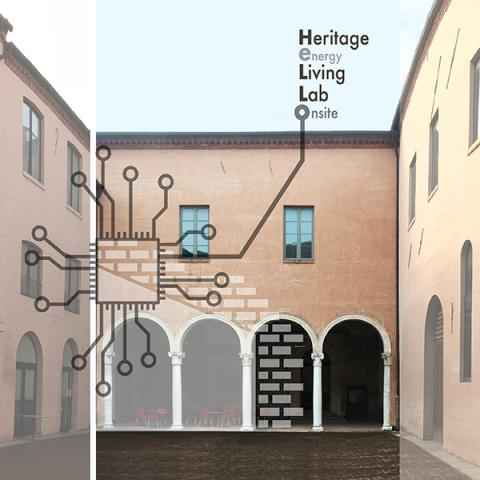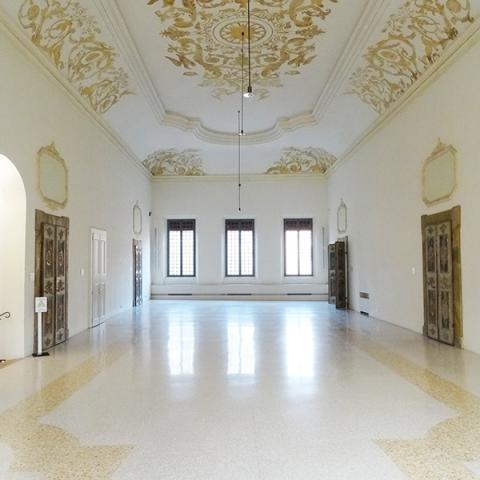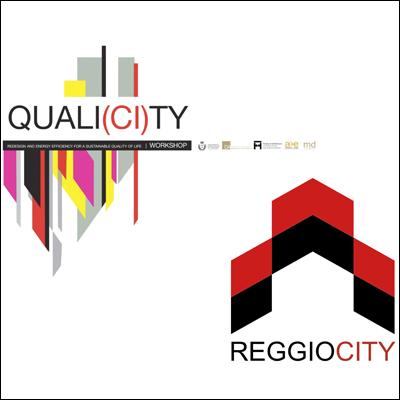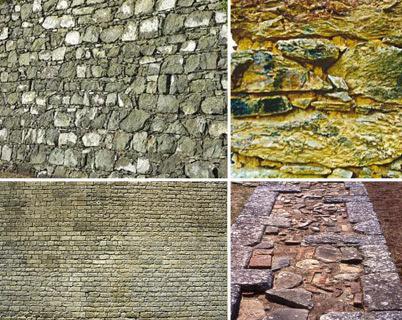MEMBRO DEL COMITATO SCIENTIFICO di recuperoeconservazione_magazine
Ambito di lavoro per rec_magazine: Progettazione tecnologica e ambientale per il recupero e restauro sostenibili
Professore Ordinario di Progettazione tecnologica e ambientale dell'architettura (CEAR-08/C) al Dipartimento di Architettura (DA), Università di Ferrara (Unife).
Laurea in Architettura con “lode e dignità di stampa” e PhD in Tecnologia dell’architettura, Università di Firenze.
Coordinatore del Corso di Studio in Architettura (LM-4 c.u), DA. Direttore del Centro Ricerche Architettura>Energia, DA. Coordinatore del Cluster nazionale “Energy Climate Architecture”, Società Italiana della Tecnologia dell’Architettura (SITdA). Membro del Consiglio Direttivo SITdA, del “Consiglio di Sostenibilità”, Unife, e di Academic Board di Dottorati di Ricerca internazionali (“IDAUP” e "Environmental Sustainability and Wellbeing”, Unife).
Le sue principali linee di ricerca sono: sinergie fra clima, ambiente, architettura e tecnologie/processi sostenibili, con focus verso la valorizzazione del patrimonio storico.
Relatore a conferenze nazionali e internazionali. Supervisor della ricerca “HeLLo-Heritage energy Living Lab onsite”, MSCA, IF Standard, HORIZON 2020 (2018-20); Responsabile Scientifico dell’Unità di ricerca Unife, ricerca Nazionale “PRIN 2017” (2019-23), progetto “TECH-START”.
Primo premio ai Green Building Council Italia Awards (2016 e 2018) e al “Best Middle Eastern University Award”, SDME2018, Dubai, UAE (team KNOW HOWse).
È direttore o co-direttore di Collane editoriali (Maggioli Ed., EdicomEdizioni) e membro di comitati scientifici/editoriali di riviste.
È autore di oltre 200 pubblicazioni scientifiche.
Coordinatore del Nucleo di progettazione, Unife, per il restauro scientifico di Palazzo Tassoni (sede del DA).





